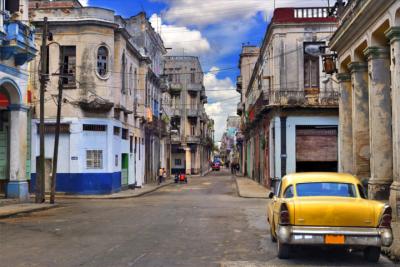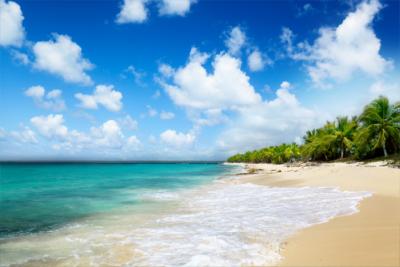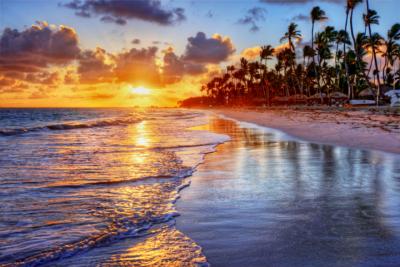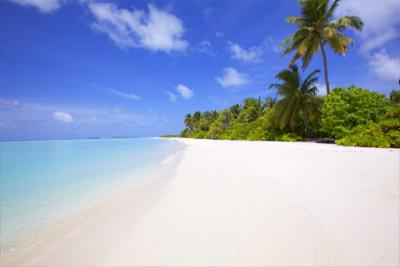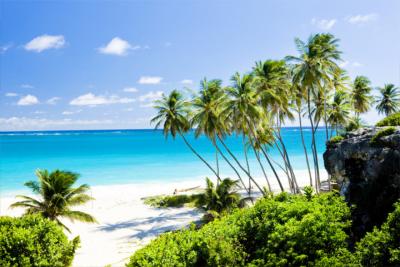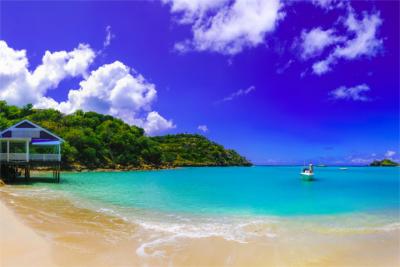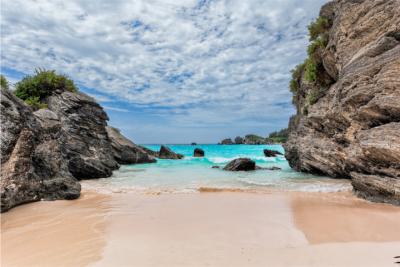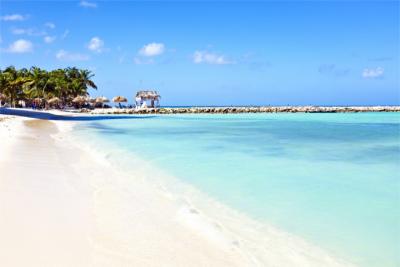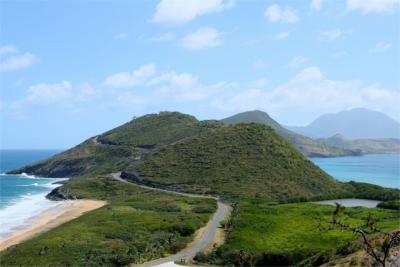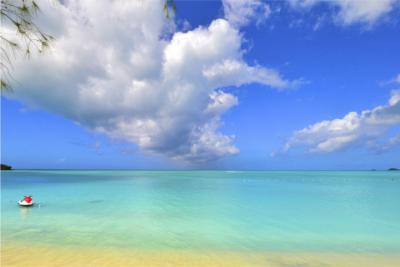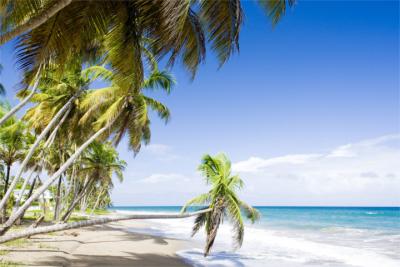Travel Offers
Travelmyne Featureprint
Distance
Dominica - The Natural Realm in the Caribbean
Dominica is a small island state in the Caribbean and one of the last natural regions on earth. Only a few tourists get to discover this island paradise. It is the ideal travel destination for nature-loving adventurers.
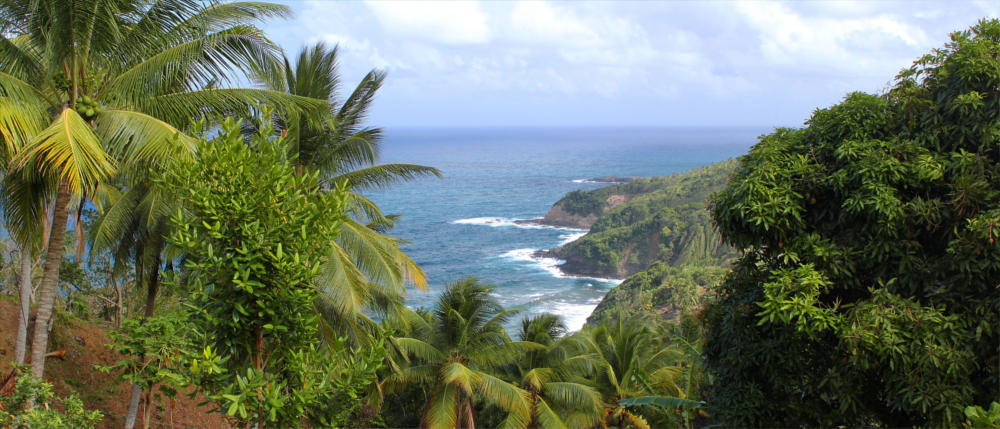
Geography - Rainy Caribbean island
Dominica is the third biggest island of the Lesser Antilles in the Caribbean. The island state lies between Guadeloupe and Martinique and is divided into ten parishes. Its biggest cities, Roseau and Portsmouth, are placid towns. The climate is tropical and there is a lot of rain throughout the year. It rains the most from June to October, which is also the hottest time of the year with over 30 °C.
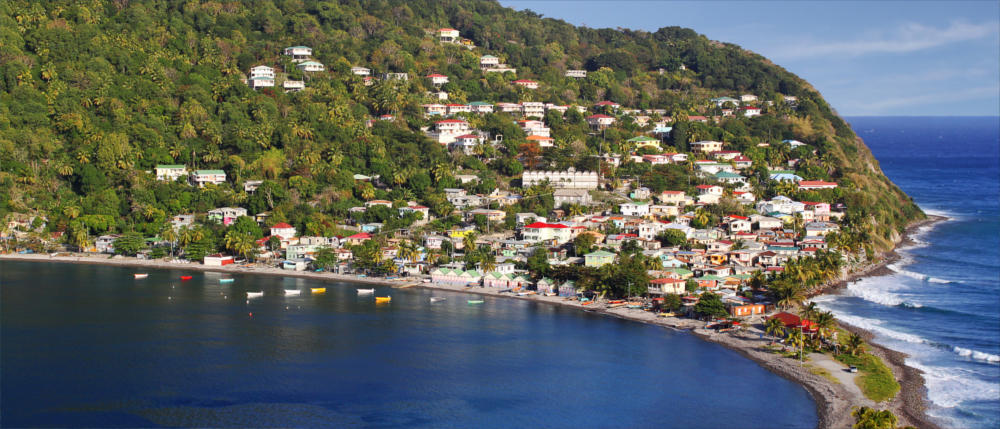
Nature - Tropical forests and volcanic beaches
Dominica is called the "natural island" because its Caribbean idyll is mostly unspoiled and a treasure chest for biologists and researchers. The mountainous island accommodates Morne Diablotins (1,447 m), the second smallest mountain of the Lesser Antilles. The major part of the country is vegetated by thick tropical forest. There are several hundreds of rivers and numerous lakes. The fauna and flora is equally rich. The untouched rainforests contain scenic waterfalls and interesting nature paths within the island's heartland. Since the island and the mountains are of volcanic origin, you see many rocky volcanic beaches here. But not to worry, there are also several beautiful sandy beaches, which please even the most tender feet.

Natural sights - Emerald Pool
Morne Trois Pitons National Park is not only a World Natural Heritage site of the UNESCO but also the most beautiful location Dominica has to offer. You find volcanic rocks, hot springs, mountain lakes and waterfalls here. The so-called Boiling Lake gets up to 92 °C hot. Another wonderful destination is Emerald Pool - a natural pool which is filled by a waterfall. A natural bath under a waterfall feels great in the tropical heat. In the Roseau Valley, travellers can experience the island's volcanic past at first hand and visit the hot sulphur springs.
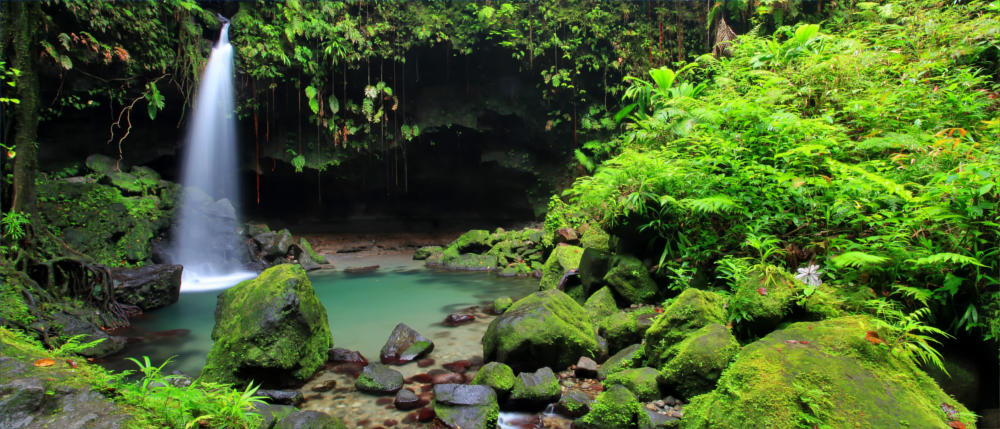
Culture - Arawak and Kalinago
The island of Dominica was already populated over 5,000 years ago. The Arawaks and the Caribs were the first cultures who left their mark. The first European to discover the island was probably Christopher Columbus. He only saw it from afar and named it after the present weekday, which was a Sunday, "Domingo" in Spanish. Nowadays about 70,000 people live on the island. Due to its poorly developed infrastructure and acessibility, Dominica is one of the poorest Caribbean states. About 3,000 inhabitants are descendents of the Kalinago. They live in a secured Carib reserve. Most of the other inhabitants live in the capital of Roseau.
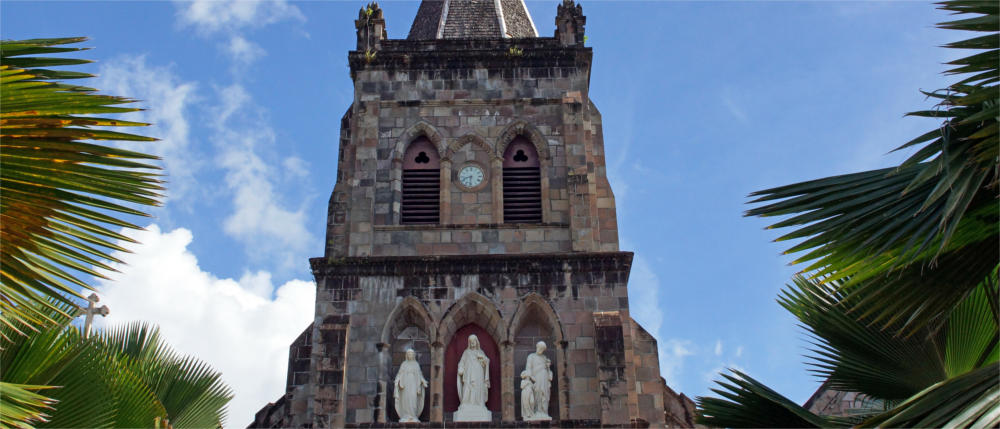
Cultural sights - A visit to Roseau
Even the country's capital has only 16,000 inhabitants, which corresponds to the size of a small town. Nevertheless, the Caribbean city has a lot to offer. Roseau contains the Old Market Place with facilities for having food and relaxing, the Dominica Museum, a beautiful cathedral and a botanic garden with all kinds of plants which grow on the island. The Christopher Columbus House, which has a distinct architecture, is also worth a visit.

Experience - Nature all around
Despite all efforts, tourism did not develop well on Dominica. The island has an airport but big passenger planes are not allowed to land there, so not a lot of holidaymakers arrive. If you manage to reach the island in a small aircraft via one of the neighbouring islands or on a cruiser, you are rewarded with an untouched landscape, tranquillity and individual trips. One highlight is a visit to the Carib village of Kalinaga Barana Aute. Travellers can buy art handicraft by the native inhabitants here.

Activities - Deserted beaches in the Caribbean
Since it is not easy to reach the island, travellers will not encounter any crowds of people here. The few holidaymakers who get to visit the country enjoy deserted beaches and bathing opportunities. Dominica offers ideal conditions for going snorkelling and diving. Travellers should, however, bring their own equipment. In addition, you can go on hikes in the mountainous landscape or on a kayaking tour along the many rivers.
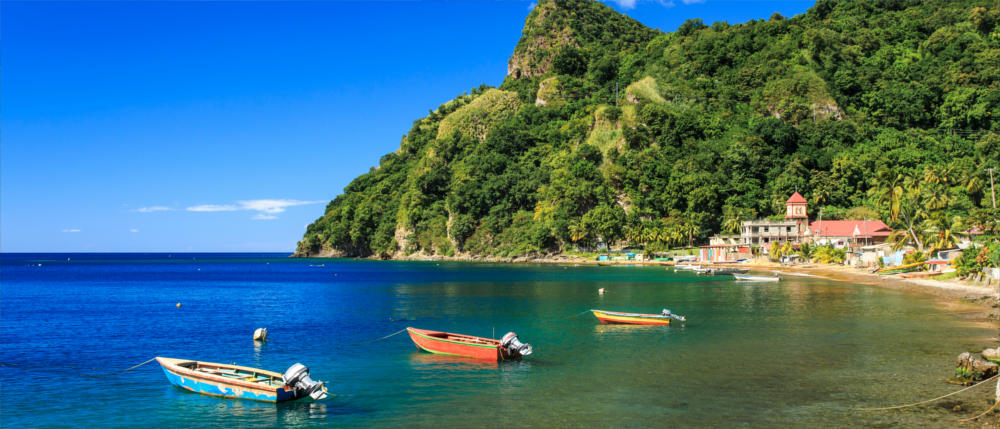
Information
The best time for travelling to Dominica is from March to May. A lot of sunshine, little rain and milder temperatures attract holidaymakers at this time of the year. Travellers should note that there are no direct flights to the island from Europe. Dominica can only be reached by small aircrafts from the neighbouring islands or by cruiser.
Dominica is a travel destination for persistent individualists. Those who reach the small Caribbean paradise get the chance to get to know one of the most natural sides of the Caribbean.



